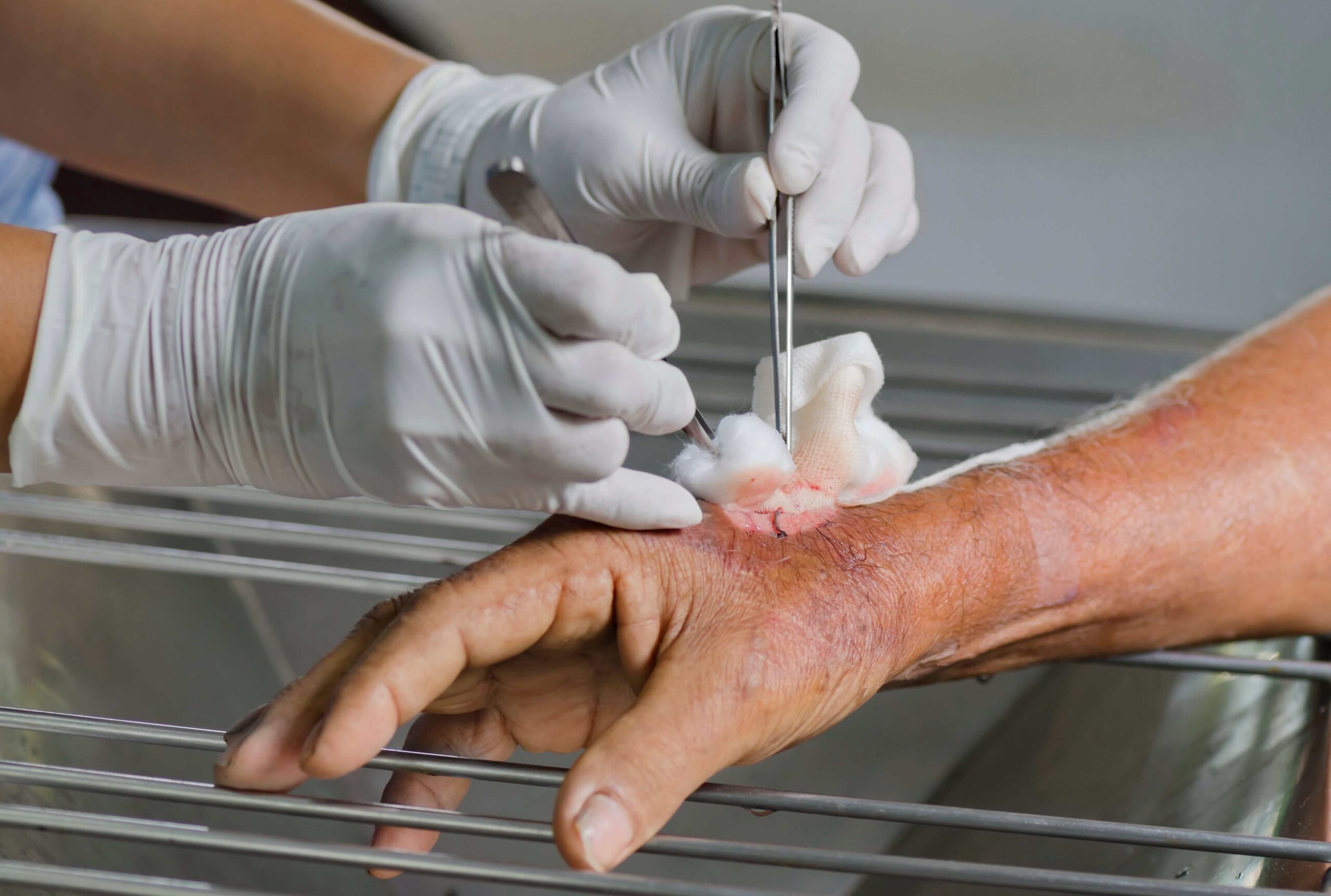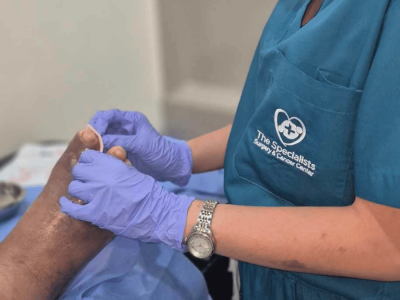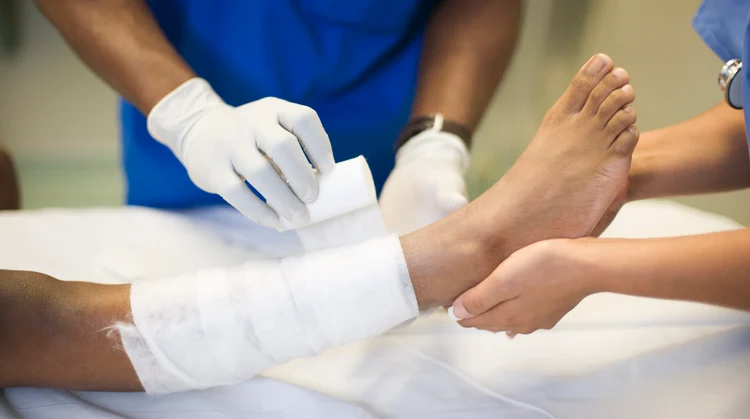Understanding Wound Debridement: What It Is and Why It Matters
Wound debridement services play a crucial role in the healing process of wounds that are slow to recover or at risk of infection. Debridement is the medical procedure of removing dead, damaged, or infected tissue to help healthy tissue grow and promote effective healing. Without proper debridement, wounds may remain stagnant, increasing the chance of complications such as infections or chronic wounds. This treatment is particularly important for wounds caused by diabetes, pressure ulcers, burns, or trauma. Proper removal of unhealthy tissue not only cleans the wound but also creates an environment conducive to new tissue formation. For many patients, understanding the purpose of debridement helps reduce anxiety and encourages timely treatment. When wounds are left untreated, they can worsen, so recognizing when debridement is necessary is key for recovery.
Different Methods of Wound Debridement
There are several methods used in wound debridement services, each suited for specific types of wounds and patient needs. Surgical debridement involves a healthcare professional using a scalpel or scissors to cut away dead tissue, which is often the quickest and most effective method for severe wounds. Mechanical debridement relies on physical forces, such as wet-to-dry dressings or wound irrigation, to remove debris. Autolytic debridement uses the body’s own enzymes and moisture to break down dead tissue naturally, often encouraged by specialized dressings that keep the wound moist. Enzymatic debridement involves applying topical chemical agents that target dead tissue without harming healthy skin. Biological debridement is a less common but effective method, using sterilized medical maggots that consume necrotic tissue, which can accelerate healing in stubborn wounds. Each method offers distinct benefits and considerations, and a healthcare provider will determine the most suitable approach based on the wound’s condition and the patient’s overall health.
Identifying Candidates for Wound Debridement Services
Not every wound requires debridement, but certain signs indicate when this service is necessary. If a wound contains visible dead tissue, excessive drainage, foul odor, or shows no signs of healing after several weeks, professional evaluation is advised. People with chronic wounds, such as diabetic foot ulcers or pressure sores, are common candidates because these wounds often contain necrotic tissue that delays recovery. Early recognition of these symptoms allows for timely intervention, reducing the risk of infection or further tissue damage. Patients with compromised immune systems or circulatory problems should be especially vigilant. Regular monitoring by healthcare professionals helps determine the appropriate timing for debridement. Delays in treatment may cause wounds to become chronic, which is more challenging to treat and may lead to hospitalization.
Benefits of Professional Wound Debridement Services
Access to professional wound debridement services offers many advantages that enhance healing and patient comfort. One of the most significant benefits is the accelerated healing process, as removing dead tissue allows the wound to progress through its natural stages more effectively. Debridement reduces the bacterial load in wounds, which helps prevent infections that could complicate treatment and prolong recovery. This can also reduce hospital stays and lower healthcare costs by addressing issues early on. Proper wound care improves patient comfort by removing painful necrotic tissue and reducing inflammation. Many patients experience better mobility and quality of life after receiving appropriate wound management. These services are delivered by trained healthcare professionals who ensure safe procedures tailored to individual patient needs. The combination of expertise and advanced techniques results in improved outcomes and a faster return to normal activities.
What to Expect During a Wound Debridement Session
Patients seeking wound debridement services can expect a thorough evaluation before the procedure to assess the wound’s size, depth, and type of tissue present. The healthcare provider will explain the specific method to be used and prepare the patient by cleaning the wound area. During surgical debridement, local anesthesia may be applied to minimize discomfort, while other methods like autolytic debridement are painless but take longer. The process involves carefully removing dead tissue to expose healthy skin underneath, allowing the wound to heal from the inside out. After debridement, the wound will be dressed with specialized bandages to protect it and maintain optimal moisture. Follow-up visits are essential to monitor progress and determine if additional treatments are necessary. Patients should expect some temporary discomfort or sensitivity after the procedure, which healthcare providers manage with appropriate pain relief strategies.
Common Risks and Precautions in Wound Debridement
While wound debridement services are generally safe, there are some risks and precautions to consider. Some patients may experience bleeding, pain, or infection if the procedure is not performed correctly. Certain types of debridement, especially surgical, require careful monitoring to avoid damaging healthy tissue. Patients with poor circulation, bleeding disorders, or allergies to topical agents may face additional risks. It is vital that only experienced healthcare providers perform debridement to minimize complications. Contraindications include wounds with poor blood supply or those that are healing well without intervention. Healthcare teams also educate patients on how to care for the wound post-debridement to avoid infection and support healing. Clear communication about symptoms that require immediate attention helps prevent adverse events.
Integrating Wound Debridement into Comprehensive Wound Care
Wound debridement services are an essential component of a broader wound care strategy aimed at restoring health and function. Debridement is often combined with advanced dressings, antibiotics, and other therapies to address all aspects of wound healing. Managing underlying conditions such as diabetes or vascular disease is critical for sustained recovery. Healthcare providers design personalized treatment plans that consider patient lifestyle, wound severity, and healing goals. Nutrition, infection control, and mobility support also contribute to successful outcomes. Coordinated care between specialists, nurses, and patients ensures consistent progress. Using wound debridement as part of a comprehensive approach maximizes the chances of full healing and reduces the risk of recurrence.
Frequently Asked Questions About Wound Debridement Services
How often should debridement be done?
The frequency depends on the wound’s condition and healing progress. Some wounds may need multiple sessions weekly, while others require less frequent care.
Is the procedure painful?
Pain levels vary by debridement type. Surgical debridement may cause discomfort controlled by anesthesia, while autolytic and enzymatic methods are usually painless.
Can debridement be done at home?
Certain types like autolytic debridement can be managed at home with proper guidance, but surgical or mechanical methods require professional care.
How long does recovery take?
Healing time depends on wound size, patient health, and treatment. Some wounds heal in weeks, while others may take months with ongoing care.
Are there alternatives to debridement?
For wounds healing well or in specific cases, conservative management without debridement may be chosen, but this is determined by a healthcare professional.











